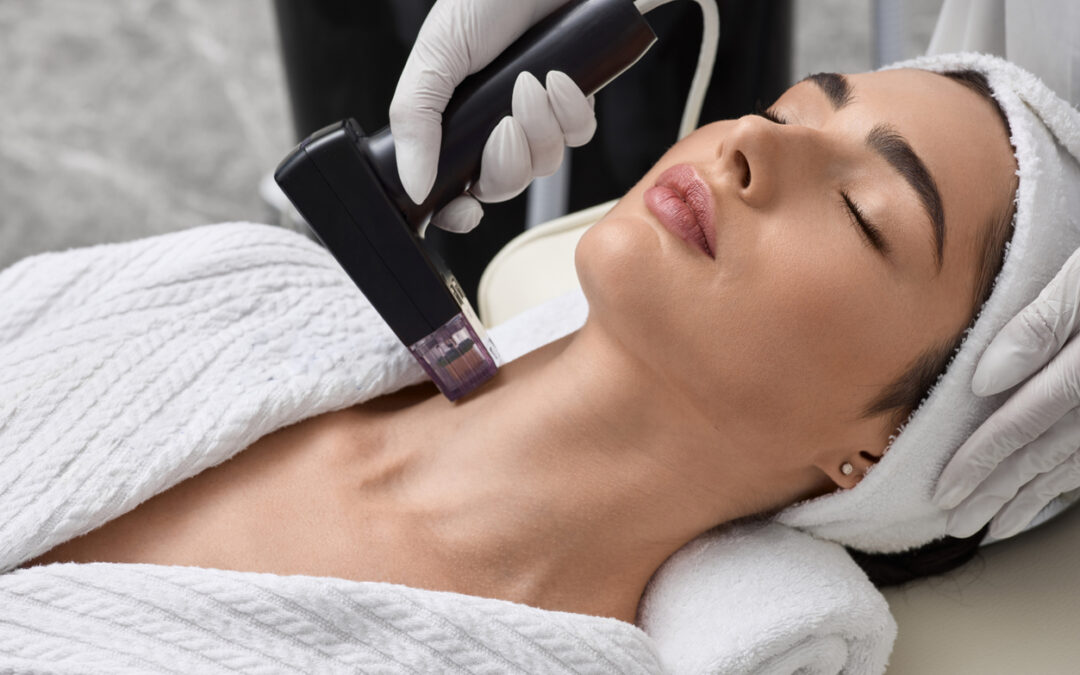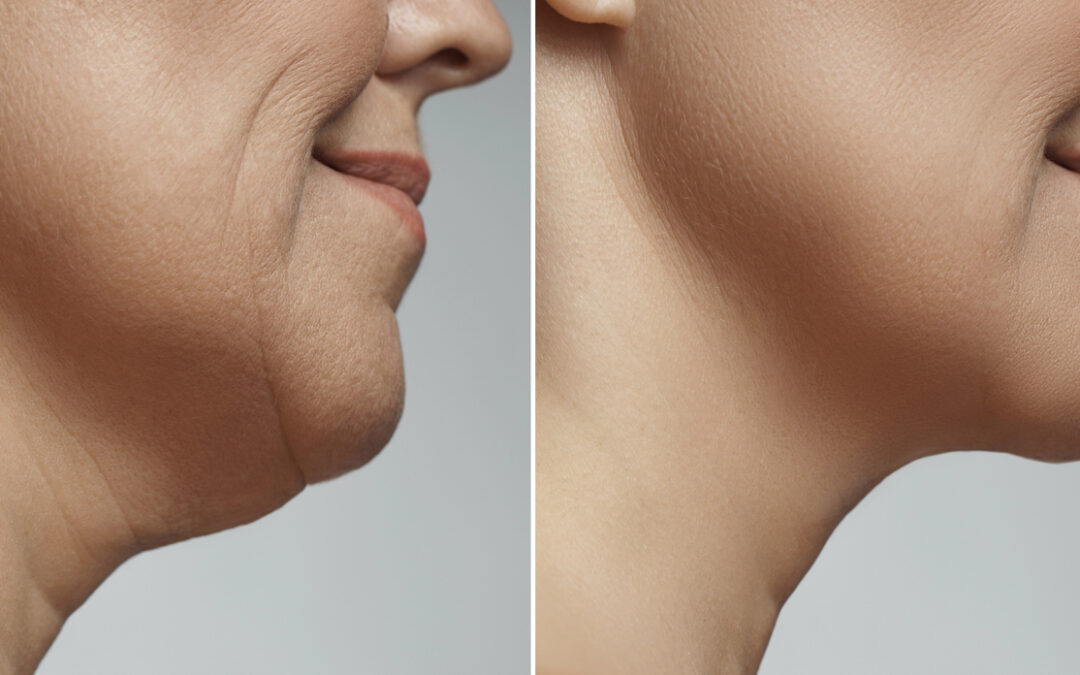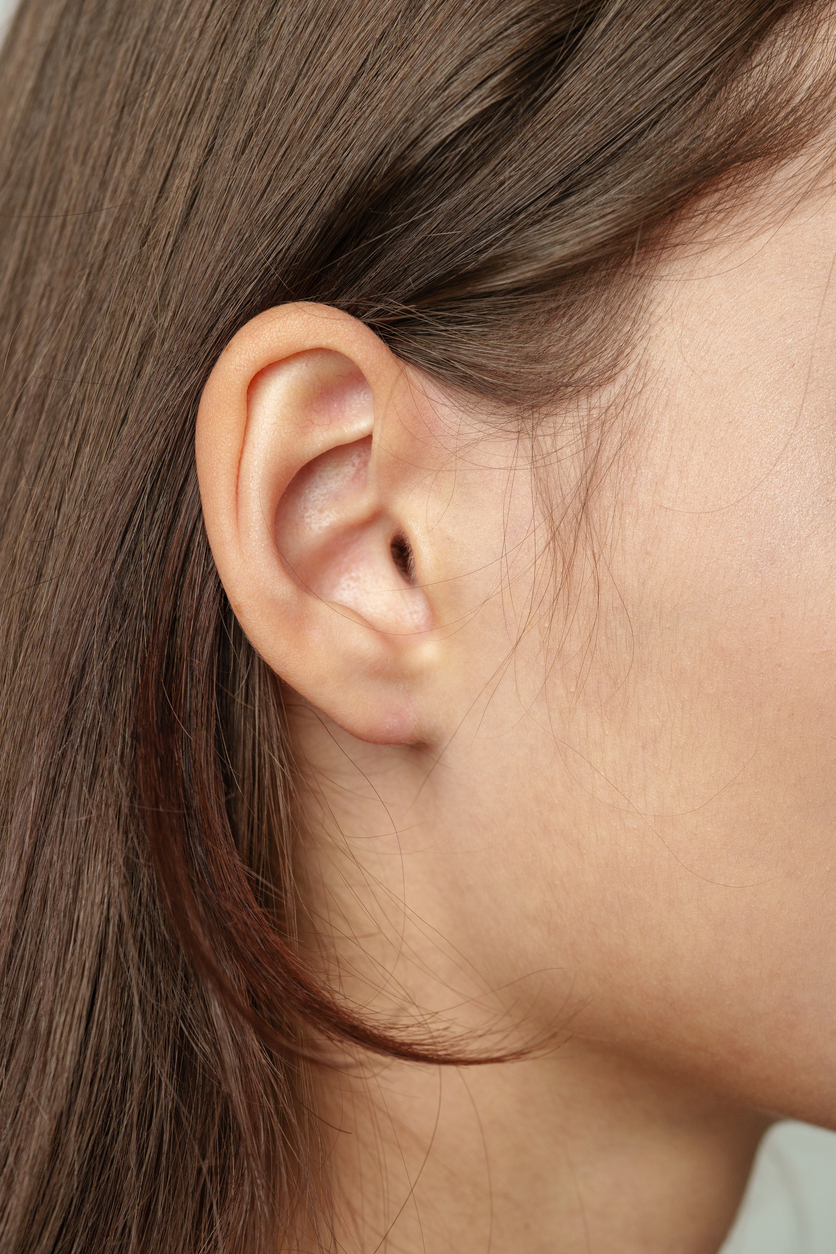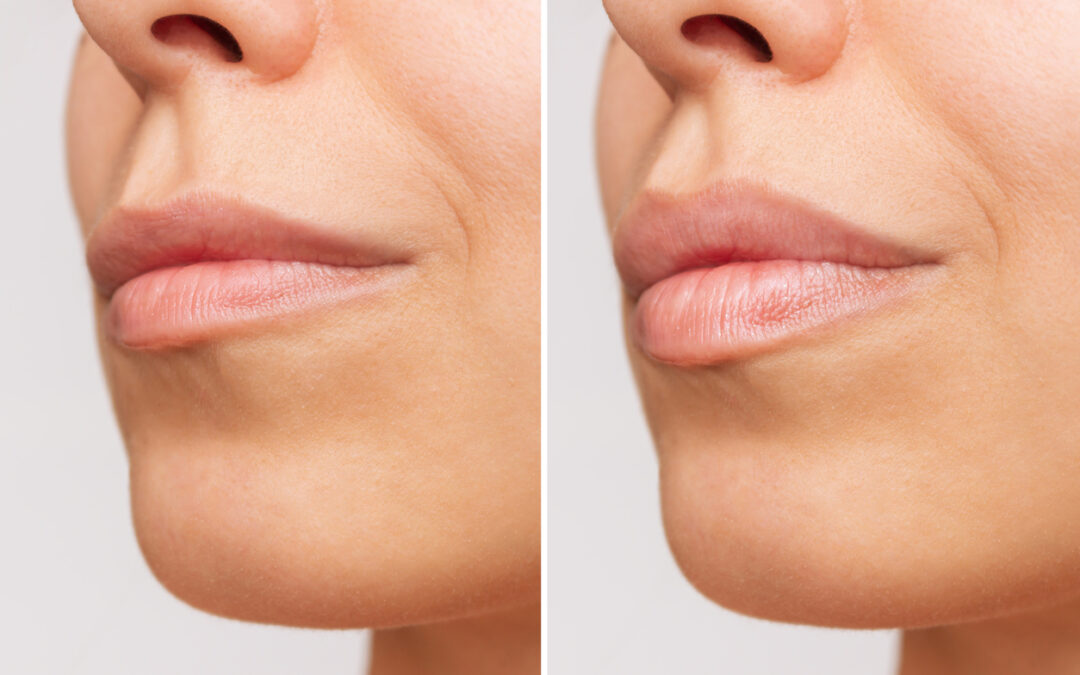Plastic surgery can be a transformative journey, helping you achieve the aesthetic goals you’ve always dreamed of. However, the recovery process is just as crucial as the procedure itself, and one often-overlooked component of recovery is lymphatic drainage. If you’ve recently had surgery or are planning to, understanding the benefits of this specialized therapy could be the key to a smoother, faster, and more comfortable recovery.
What is Lymphatic Drainage?
Lymphatic drainage is a specialized form of massage therapy designed to support the body’s lymphatic system—a critical part of your immune and circulatory systems. The lymphatic system helps remove toxins, waste, and excess fluid from the body, maintaining overall health and promoting healing. After plastic surgery, the lymphatic system can become overwhelmed due to tissue trauma, resulting in swelling, bruising, and fluid retention.
Lymphatic drainage therapy works by using gentle, rhythmic movements to stimulate lymph flow and encourage the drainage of excess fluid. This process reduces inflammation, supports the body’s natural healing mechanisms, and improves overall recovery outcomes. By enhancing circulation and flushing out waste, lymphatic drainage is a key step in achieving optimal post-surgical results.
Why is Lymphatic Drainage Important After Plastic Surgery?
Post-surgical swelling and fluid retention are common side effects of procedures like liposuction, tummy tucks, and breast augmentation. Lymphatic drainage helps address these issues by gently guiding excess fluid away from the surgical area and improving your body’s healing process.
Key Benefits:
- Reduces Swelling and Bruising: Speeds up the reduction of post-surgical swelling and discoloration.
- Promotes Faster Healing: Helps flush out toxins and stimulate tissue repair, leading to quicker recovery times.
- Enhances Comfort: Alleviates tightness or discomfort caused by fluid retention.
- Improves Scar Healing: Supports healthier, smoother scar formation by improving circulation and reducing tissue tension.
- Prevents Complications: Reduces the risk of seromas (fluid buildup under the skin) and infections.
What to Expect During a Lymphatic Drainage Session
- Gentle Technique: Unlike traditional massages, lymphatic drainage uses light, rhythmic movements to stimulate the lymphatic system without putting pressure on the surgical site.
- Customized Approach: Your therapist will tailor the session to your specific needs and surgical area, ensuring maximum benefit without causing discomfort.
- Duration: Sessions typically last 30-60 minutes, depending on the area being treated.
- Frequency: For optimal results, you may need multiple sessions spaced over the first few weeks of recovery. Most surgeons recommend starting within the first week after surgery, once your body has had a chance to stabilize.
Why Choose a Qualified Therapist for Lymphatic Drainage?
Working with a skilled and experienced therapist for lymphatic drainage can make all the difference in achieving a smooth and comfortable recovery after plastic surgery. Not all massage therapists are trained in post-surgical lymphatic drainage, and working with someone without the proper expertise can hinder your healing or even cause complications.
One of Illume’s trusted recommendations for post-surgical lymphatic drainage is Viva Wellness in Brookfield. Their experienced team specializes in this essential therapy, ensuring that patients receive expert care during their recovery. Learn more about Viva Wellness here.
Preparing for Your Recovery
If you’re preparing for plastic surgery or currently recovering, be sure to include lymphatic drainage in your recovery plan. Consulting with your surgeon about the timing and frequency of sessions can help you make the most of this essential therapy. For any questions or to schedule a plastic surgery consultation, contact Illume Cosmetic Surgery & MedSpa. Our expert team is here to guide you through every step of your transformation journey.





